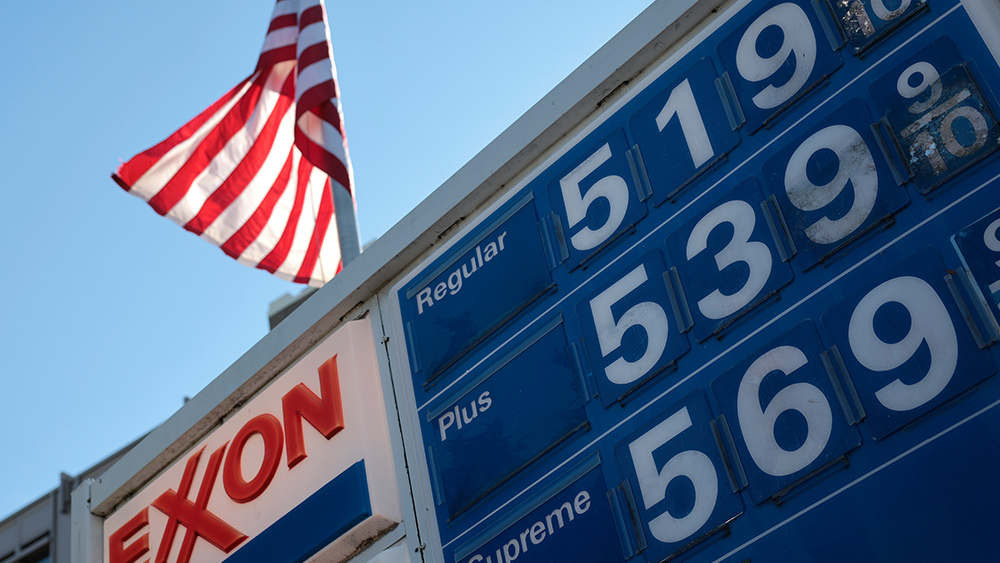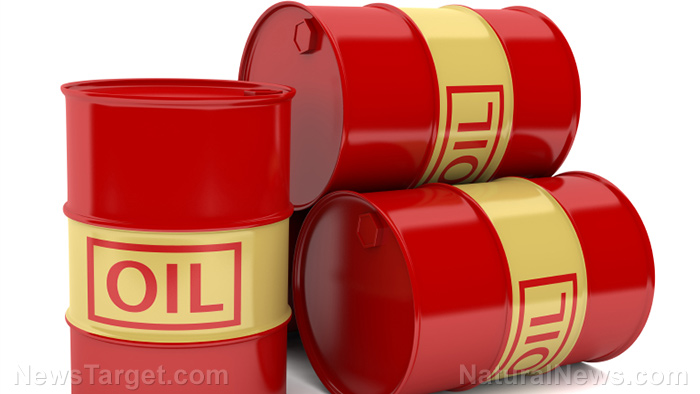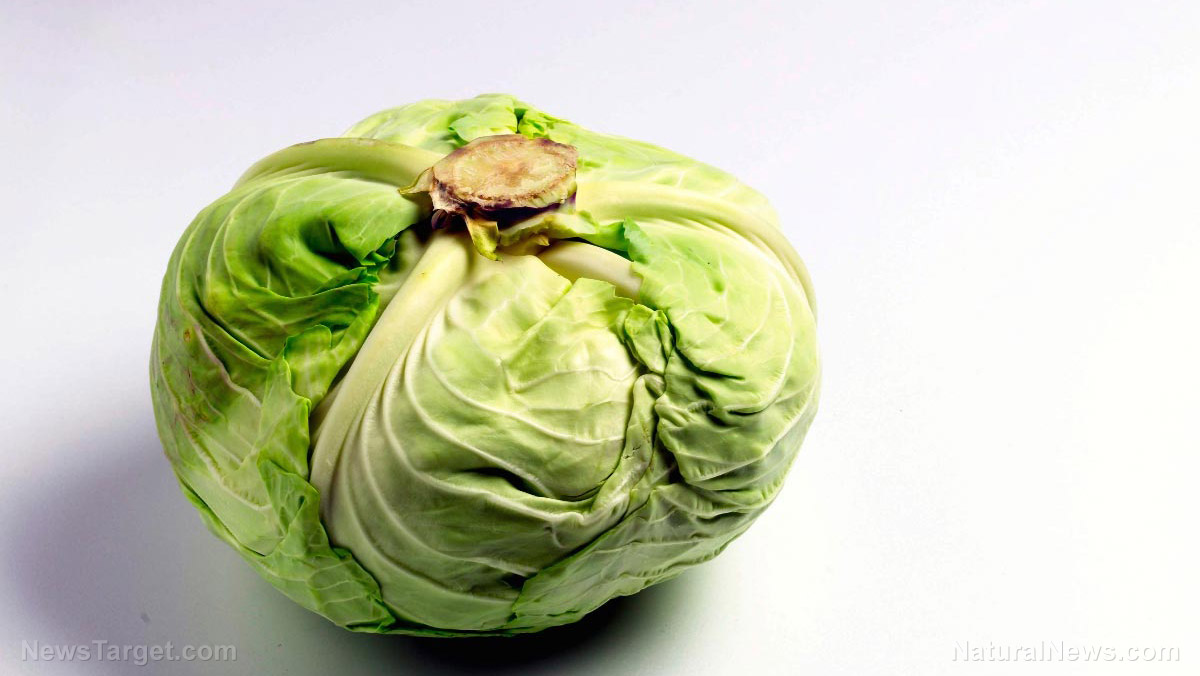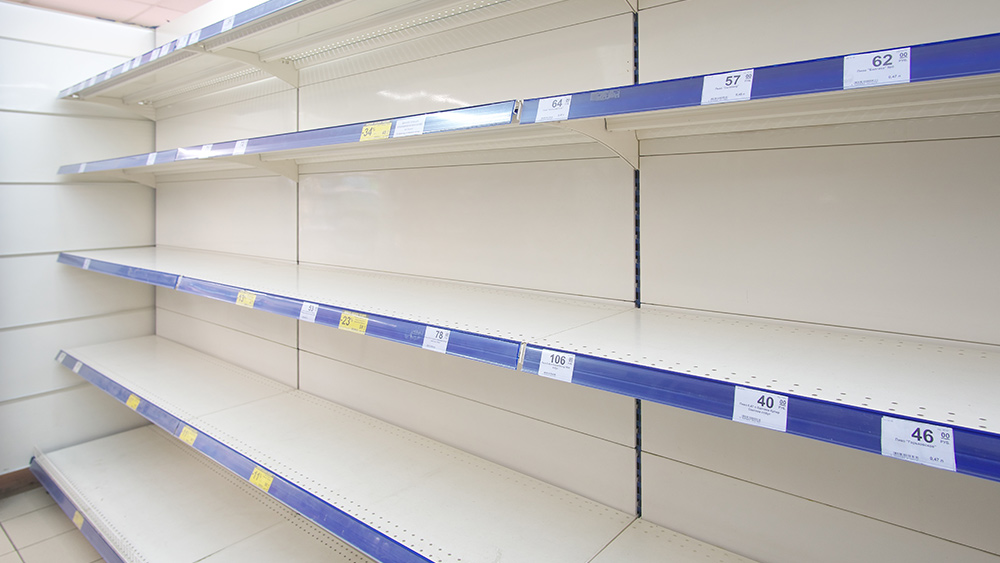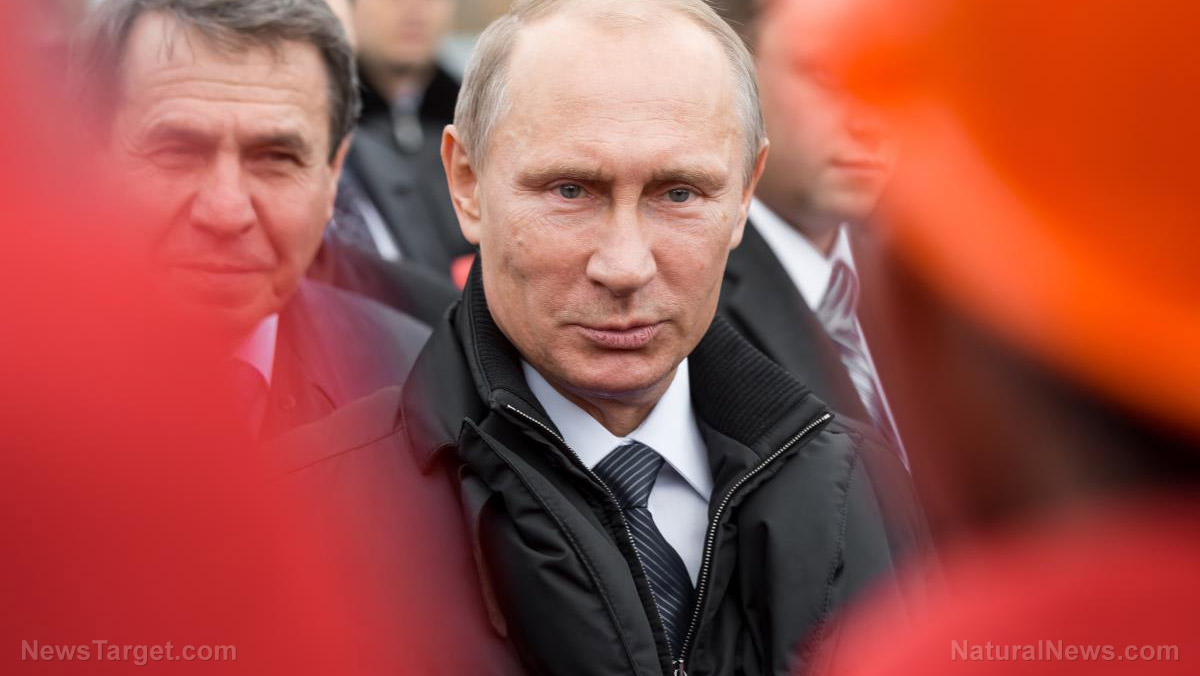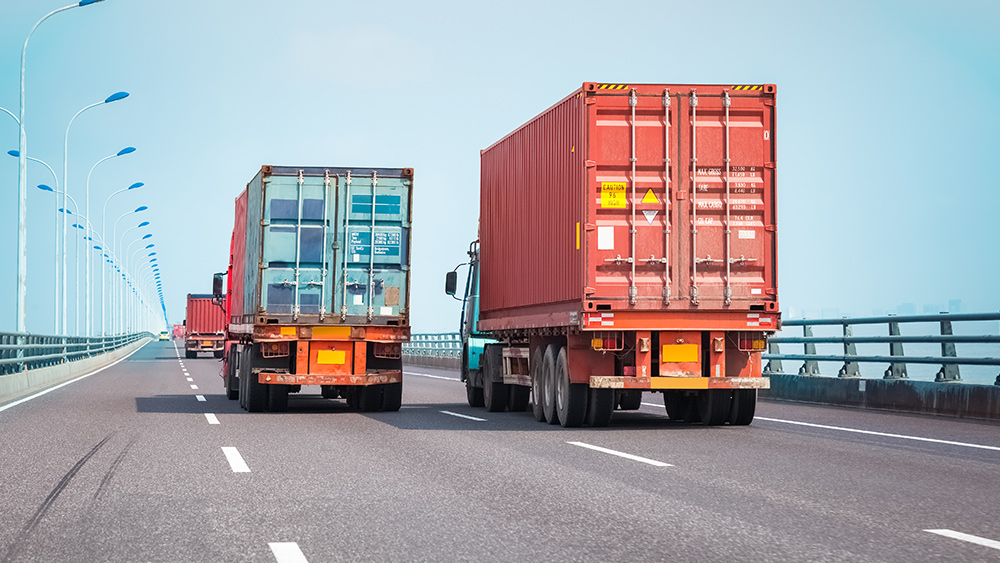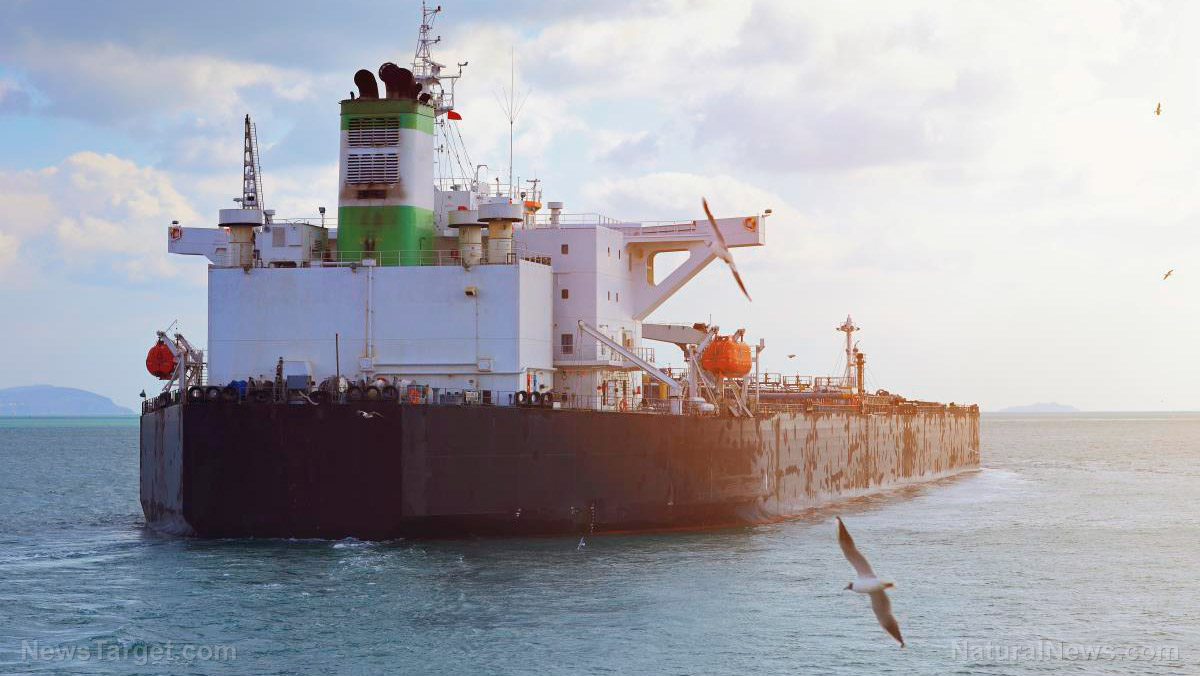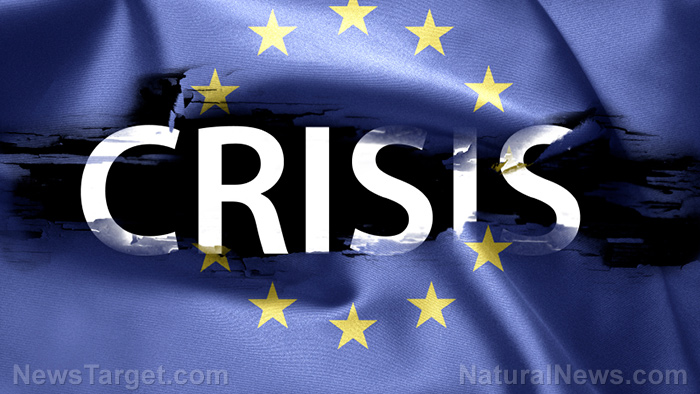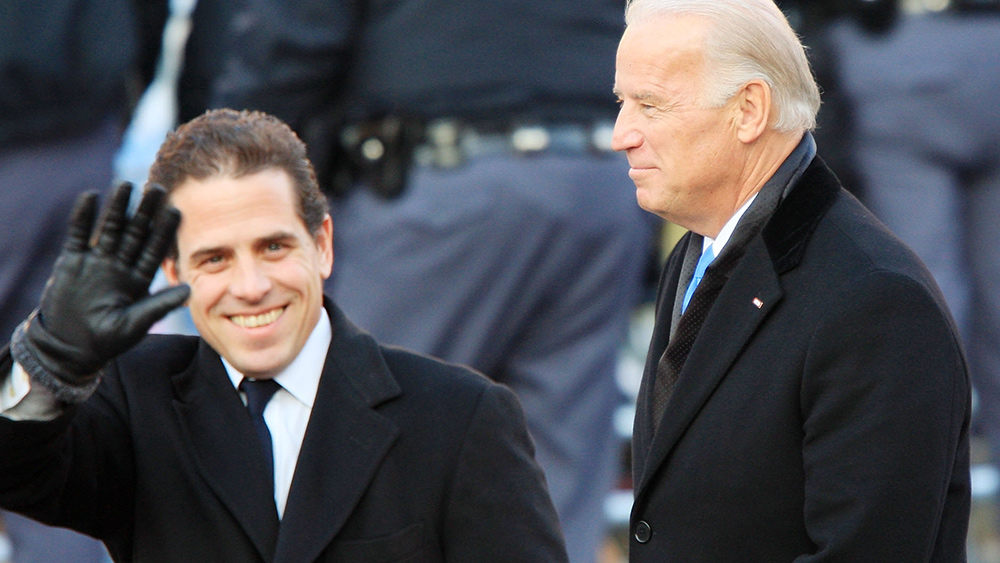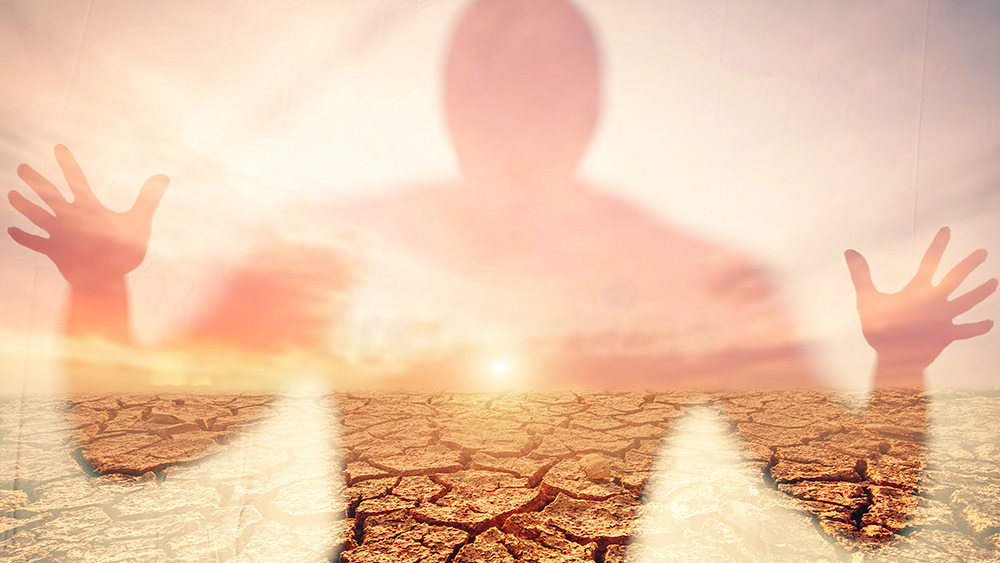Russia looking to ban all exports of wheat, barley, rye, other crops until second half of 2022, worsening global food scarcity
03/17/2022 / By JD Heyes
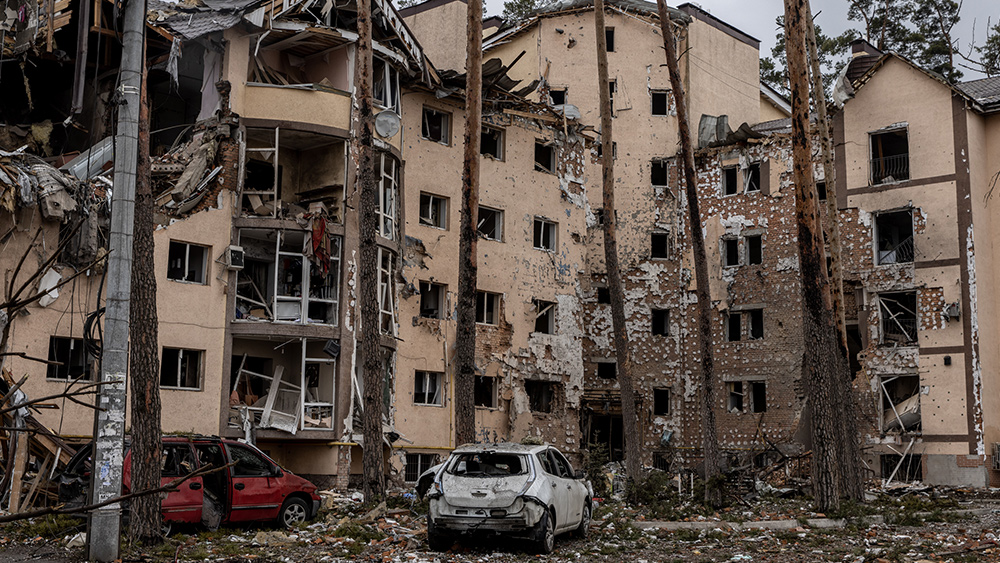
However bad the food shortage was expected to be due to Russia’s invasion of its Ukrainian neighbor, they are going to get worse following a decision made by the Kremlin earlier this week.
According to reports, the government of President Vladimir Putin has decided to halt all exports of most agricultural commodities including wheat, rye, barley and corn at least until June 30 in what appears to be Moscow’s pushback on the sanctions imposed on his country by the West.
Interfax, Russia’s newswire agency, reported that the country’s Agriculture Ministry announced the ban, which began March 15 – just as some observers, including One River CIO Eric Peters – are likening the coming global food shortages to the original Holodomor (which, by the way, occurred in Ukraine under Stalin). The Holodomor was a man-made famine instituted by that authoritarian butcher “from 1932 to 1933, peaking in the late spring of 1933,” Britannica.com noted.
The site added: It was part of a broader Soviet famine (1931–34) that also caused mass starvation in the grain-growing regions of Soviet Russia and Kazakhstan. The Ukrainian famine, however, was made deadlier by a series of political decrees and decisions that were aimed mostly or only at Ukraine. In acknowledgment of its scale, the famine of 1932–33 is often called the Holodomor, a term derived from the Ukrainian words for hunger (holod) and extermination (mor).
“The Agriculture Ministry, together with the Industry and Trade Ministry, has drafted a government resolution that provides for a temporary ban on the export of basic grain crops from Russia from March 15 to June 30 of the current year inclusive,” the ministry’s press office told Interfax.
There is still some hope that a worst-case scenario can be avoided, but that is becoming more doubtful literally by the day.
According to Douglas Karr, founder of the business blog Martech Zone, a global food shortage means just that – it will be global – so it will be felt in the “land of plenty” as well: America.
Karr reportedly spoke with several U.S. food industry officials who said farmers in the Midwest and South are already having difficulty obtaining enough fertilizer to grow crops ahead of this year’s planting season, which is just around the corner for some parts of the country. He also said that farmers in the “Midwest are switching,” likely a reference to crops that need fewer nutrients because they “can’t get nitrogen nor fertilizer.”
Convo with farm today:
– Meat processors booked out a year because stockpiling beef.
– Farmers in South can’t get fertilizer for crops now.
– Farmers in Midwest are switching, can’t get nitrogen nor fertilizer.
Buckle up, folks! The media isn’t even warning you. #economy— Douglas Karr (@douglaskarr) March 11, 2022
There is also this: Even before Russian troops stormed across Ukraine’s border, there were already global food shortages, thanks in large part to the supply chain crisis created (and perpetuated) by months-long lockdowns and factory closures following China’s creation and release of the Wuhan coronavirus (COVID-19). In addition to Russia curbing exports, Ukraine’s government has also halted food exports to ensure that its people have enough as Russian forces continue pounding their cities and taking over land used for food production.
All said, the United Nations has warned that prices for food – which were already at record highs – will spike even more, from eight to 20 percent from this point on. Add on skyrocketing oil, gasoline and natural gas prices and you have all the makings of a worldwide catastrophe (and the massive unrest it will spark).
If Russia winds up banning food experts, and especially wheat, for months or longer, the global food shortages will likely lead to a far worse crisis than the one that caused the 2011 Arab Spring uprisings, tore Syria apart and spread to North Africa.
Sources include:
Submit a correction >>
Tagged Under:
barley, civil unrest, civil war, corn, export ban, food export ban, food shortage, grain exports, Holodomor, Russia, rye, starvation, Ukraine, wheat
This article may contain statements that reflect the opinion of the author
RECENT NEWS & ARTICLES
SupplyChainWarning.com is a fact-based public education website published by SupplyChainWarning.com Features, LLC.
All content copyright © 2021 by SupplyChainWarning.com Features, LLC.
Contact Us with Tips or Corrections
All trademarks, registered trademarks and servicemarks mentioned on this site are the property of their respective owners.

